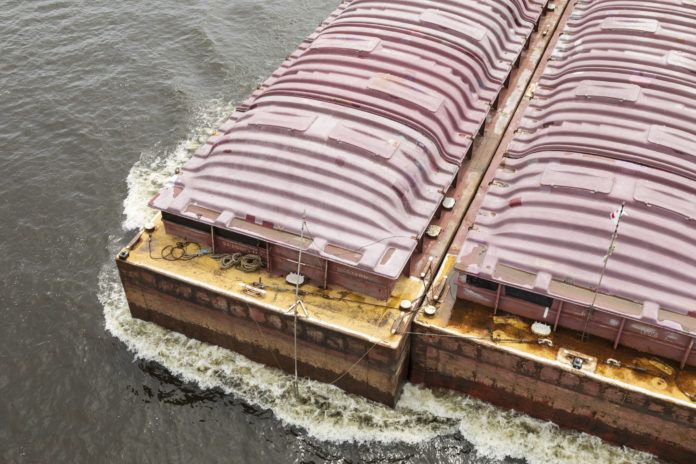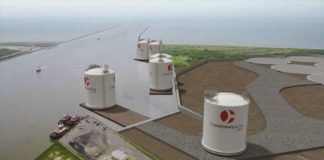During October, the Mississippi River has seen record low levels from Illinois to Louisiana. In Baton Rouge, the low level has revealed a more than 100-year-old sunken ferry and the underbelly of the USS Kidd.
“While this is the time of the year when the river levels are usually low, we typically do not see anything this extreme. At least five or six locations along the river, including Mississippi, Arkansas and Missouri are seeing historically low water levels,” says Clint Willson, director of the LSU Center for River Studies.
“The reason for this is that a large percentage of the Mississippi River watershed, which covers approximately 42 percent of the contiguous United States, is either in a drought or is experiencing extremely dry conditions,” Wilson says. “Typically, in the fall, at least one or two of the major Mississippi River tributaries would be in ‘normal’ flow conditions and the river would not be this low.”
Willson, and Kory Konsoer, associate professor in the LSU Department of Geography, shared more insight on what the low-level means for the state and nation in a recent Q&A published by LSU.
What does this mean for the economy of the country?
Konsoer: An environmental impact, which could have economic consequences, is that the extremely low water levels are also allowing for saltwater intrusion from the Gulf of Mexico up the Mississippi River. Plaquemines Parish and New Orleans do use water from the river for municipal drinking water, so this saltwater wedge that is extending upstream is a cause for concern. The U.S. Army Corps of Engineers, or USACE, is constructing a sill on the river bed near Myrtle Grove to block the wedge from moving upstream.
How does it impact industry, including tourism?
Willson: While the low river levels have forced some river cruises to be canceled, the major economic impact is due to the restrictions on the barge traffic—a critical part of keeping products and commerce moving throughout the Mississippi River and its tributaries. Below Baton Rouge, the USACE maintains the navigation channel depth at a minimum of 50 feet. However, the navigation channel above Baton Rouge is maintained to a depth of at least 9 feet. The 9-foot depth allows fully loaded barges, often connected to another 10 or more barges, to move up and down the river reliably and safely. However, the historically low river levels are restricting how much can be put on the barges and/or how many can be towed at the same time. This is having a tremendous impact on the nation’s agricultural community since over 60% of our agricultural exports are transported down the river on barges. Read the full Q&A.



